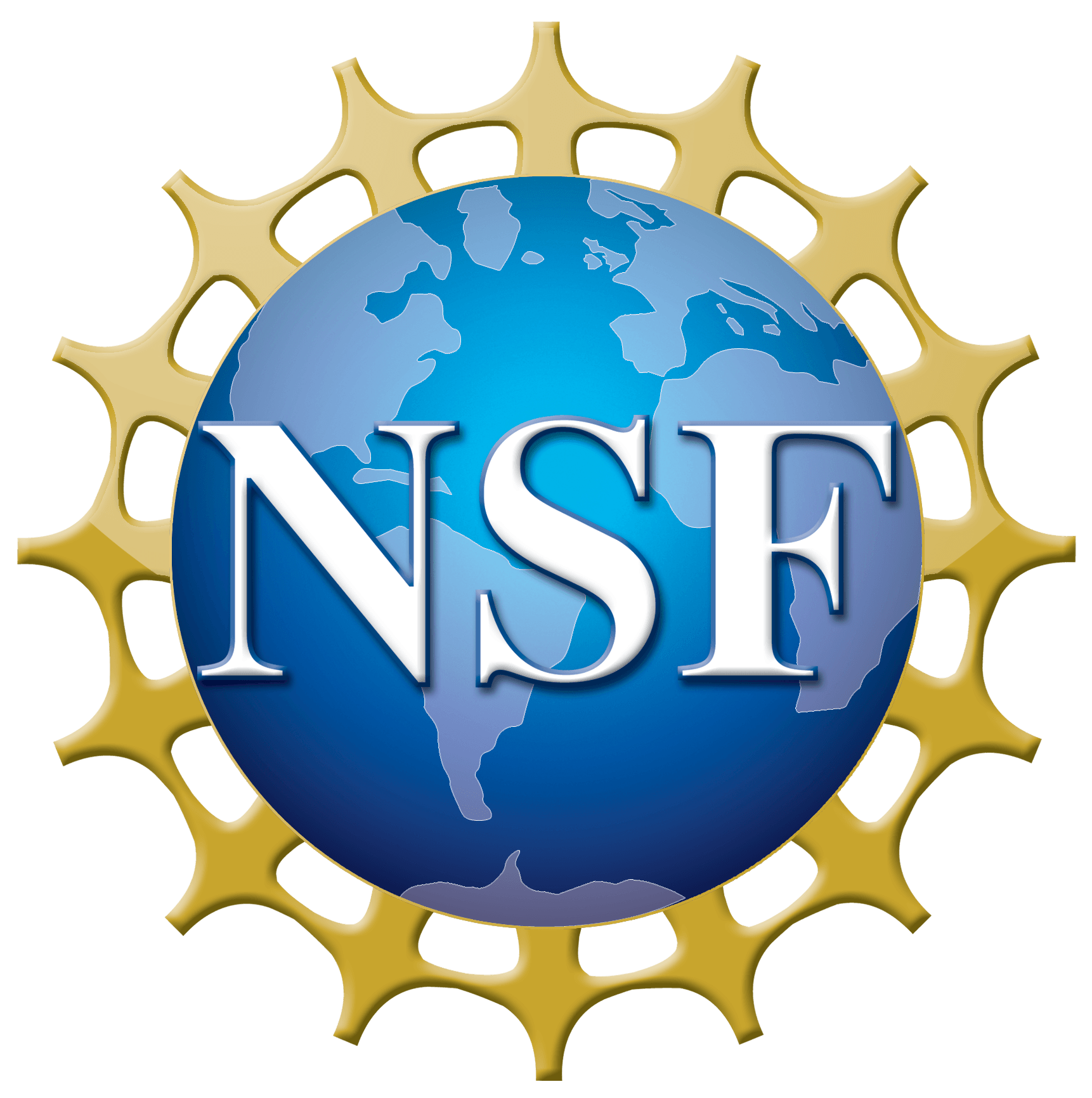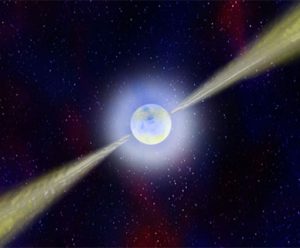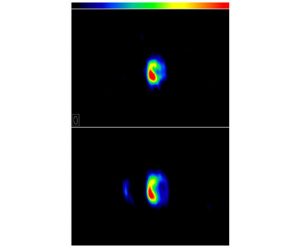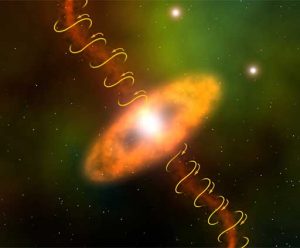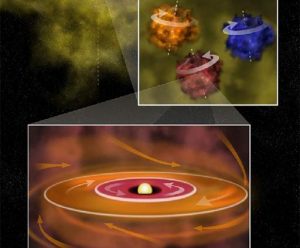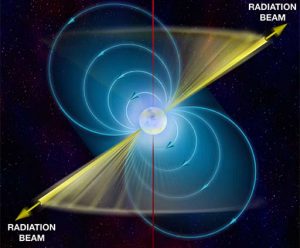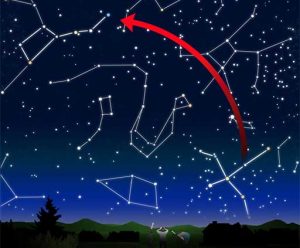Astronomers using radio telescopes from around the world have discovered a spinning neutron star with a superpowerful magnetic field — called a magnetar — doing things no magnetar has been seen to do before.
‘Special Case’ Stellar Blast
A powerful thermonuclear explosion on a dense white-dwarf star last February has given astronomers their best look yet at the early stages of such explosions, called novae, and also is giving them tantalizing new clues about the workings of bigger explosions, called supernovae, that are used to measure the Universe.
Magnetic Fields Sculpt Narrow Jets From Dying Star
Molecules spewed outward from a dying star are confined into narrow jets by a tightly-wound magnetic field, according to astronomers who used the National Science Foundation’s Very Long Baseline Array radio telescope to study an old star about 8,500 light-years from Earth.
Planets Orbiting Star in Opposite Directions
Astronomers studying a disk of material circling a still-forming star inside our Galaxy have found a tantalizing result — the inner part of the disk is orbiting the protostar in the opposite direction from the outer part of the disk.
Astronomers Discover Fastest-Spinning Pulsar
Astronomers using the National Science Foundation’s Green Bank Telescope have discovered the fastest-spinning neutron star ever found, a 20-mile-diameter superdense pulsar whirling faster than the blades of a kitchen blender.
Fastest Pulsar Speeding Out of Galaxy, Astronomers Discover
A speeding, superdense neutron star somehow got a powerful ‘kick’ that is propelling it completely out of our Milky Way Galaxy into the cold vastness of intergalactic space.




